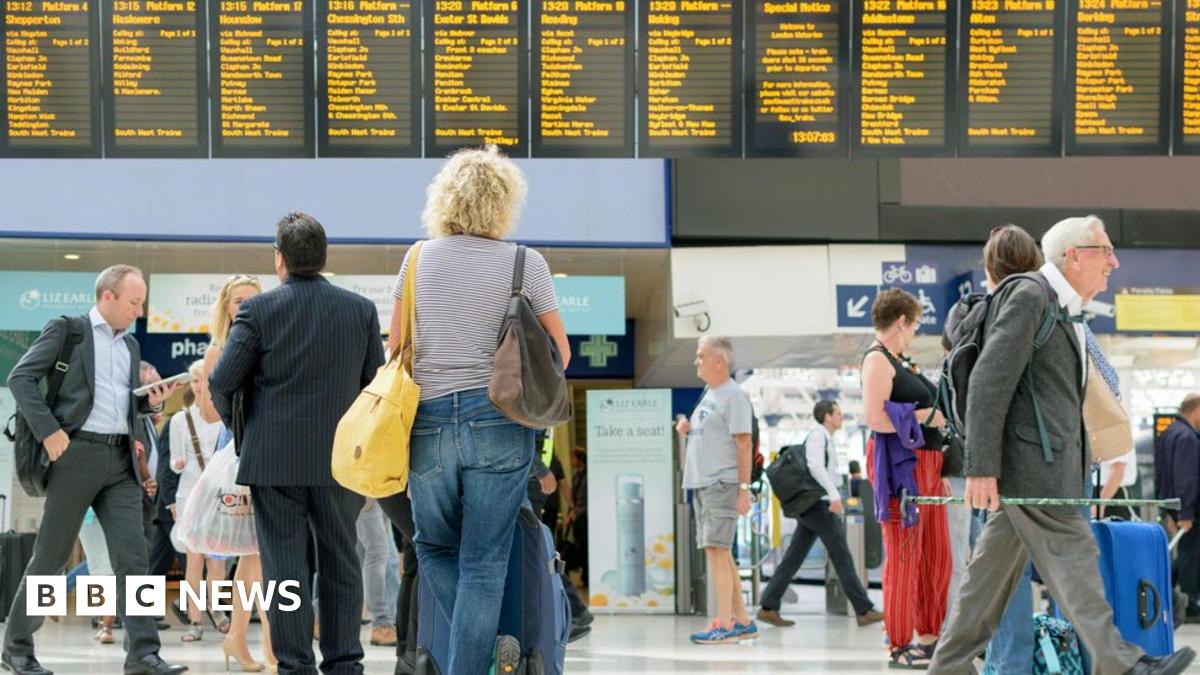70014IronDuke
Established Member
- Joined
- 13 Jun 2015
- Messages
- 3,892
(Mods - this is both a modern operating subject and historical - but I put it in this forum because I'd like both the historical and modern to be discussed in the same thread. If you disagree, well, do as you will.)
These questions have been prompted by the re-opening of Bicester to Bletchley/MK and the historical precedence.
I must say, I'm shocked by the huge gap in time between the route being handed over and the still-to-be launched service. IT seems an awful lot of investment essentially standing idle.
I had wondered about this question before the route was delivered as ready for service: Would the operators wait until a full service could be delivered, or would they lauch a limited service and 'fill in the gaps' later.
It seems the powers at be are going for a 'big bang' opening. I can see this fits in with the modern day fascnination for PR, but it still begs the question why? What the disadvantages related to starting with, say, a half service, if you have the crews trained and stock available, and then actually earning revenue?
Which also brings me to the historical reality. When, say, the GC extension to London was built, did the newly named GC run trains – passenger or freight - part way (Nottingham – Leicester? Nottingham – Rugby?) before the full lenght launch?
Unlike the Bicester-Bletchley re-opening (25 miles?), Nottingham to Aylesbury seems an awful lot of track, signalling (90 something miles?) to install and manpower to train and then wait until the entire route to be cleared.
But this question applies to any route from 1823-4 onwards, if anyone knows.
These questions have been prompted by the re-opening of Bicester to Bletchley/MK and the historical precedence.
I must say, I'm shocked by the huge gap in time between the route being handed over and the still-to-be launched service. IT seems an awful lot of investment essentially standing idle.
I had wondered about this question before the route was delivered as ready for service: Would the operators wait until a full service could be delivered, or would they lauch a limited service and 'fill in the gaps' later.
It seems the powers at be are going for a 'big bang' opening. I can see this fits in with the modern day fascnination for PR, but it still begs the question why? What the disadvantages related to starting with, say, a half service, if you have the crews trained and stock available, and then actually earning revenue?
Which also brings me to the historical reality. When, say, the GC extension to London was built, did the newly named GC run trains – passenger or freight - part way (Nottingham – Leicester? Nottingham – Rugby?) before the full lenght launch?
Unlike the Bicester-Bletchley re-opening (25 miles?), Nottingham to Aylesbury seems an awful lot of track, signalling (90 something miles?) to install and manpower to train and then wait until the entire route to be cleared.
But this question applies to any route from 1823-4 onwards, if anyone knows.



